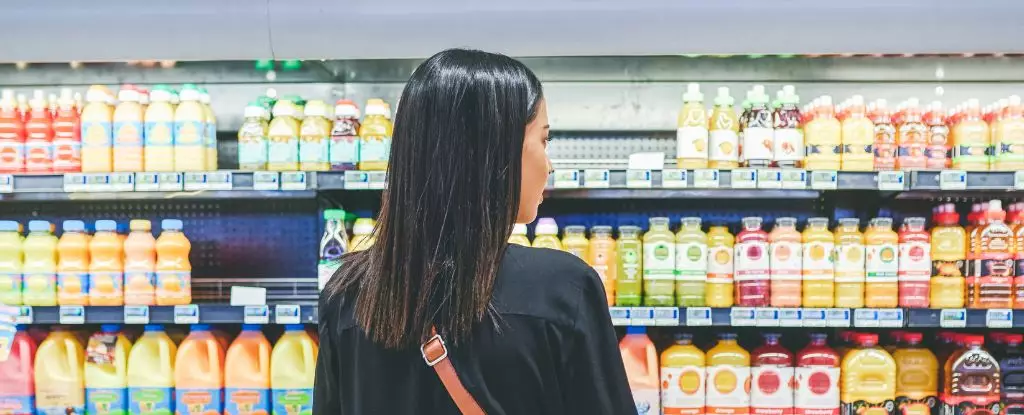Recent revelations from a study by France’s food safety agency have exposed a startling truth: drinks housed in glass bottles, including popular beverages like soda and beer, harbor a concerning amount of microplastics, potentially more than their plastic counterparts. This bombshell discovery isn’t merely an academic curiosity; it raises serious questions about the safety of our daily consumables and the broader implications for human health. The numbers speak volumes—an alarming average of approximately 100 microplastic particles per liter in glass bottles, compared to mere fractions found in plastic bottles and metal cans.
The research escalates our understanding and concerns around microplastics, which have become ubiquitous in our environment. They’re not just pervasive in bottled drinks but are infiltrating our food systems and even human bodies. While we lack direct evidence pinpointing the precise health effects of these microplastics, the increase in their troubling presence is indeed a wake-up call, demanding immediate attention and action.
The Surprising Source: Understanding the Microplastic Mystery
Dr. Guillaume Duflos and his team initially anticipated that glass bottles would provide a safer alternative to plastic. However, their findings turned that assumption on its head. Microplastics discovered in glass bottles shared not only shape and color but also had a similar polymer composition to the paint on the bottle caps themselves. This points to a disturbing likelihood: that tiny scratches and friction between stacked caps may be actively releasing microplastic particles into our drinks.
This revelation highlights a fundamental flaw in the glass packaging industry. While glass has historically been lauded for its environmental benefits over plastic, this research unveils potential hidden dangers associated with its use. The very infrastructure designed to keep our beverages safe might be contributing to the very problems we strive to eradicate. It’s a reminder that idealism in sustainability can sometimes blind us to practical realities.
A Mixed Bag: What About Water and Wine?
Interestingly, the findings drew distinctions among various beverages. Bottled water, whether still or sparkling, reported far fewer microplastic particles—within a range of four to seven particles per liter. Wine also emerged relatively unscathed. This variability raises additional questions: Are the materials used in bottling water different? Or is the nature of these drinks simply less conducive to microplastic contamination?
That said, the consumption of soft drinks, lemonade, and beer—ranging from 30 to 60 microplastic particles per liter—is hardly a reassuring statistic. With no established reference levels to determine what’s considered a harmful amount, the ambiguity surrounding the consequences of our beverage choices is troubling.
Manufacturers: The Responsibility to Act
While immediate consumer concern is warranted, responsibility also lies largely in the hands of manufacturers. The study suggests that beverage companies can effectively reduce microplastic contamination through enhanced cleaning techniques. Simple interventions, like blowing air through caps followed by rinsing with water and alcohol, showed a remarkable 60% reduction in contamination.
This brings forth a call to action, demanding manufacturers step up to address an issue that could easily impact public health. It raises broader questions of corporate accountability and the ethical obligation to safeguard consumer health over profit margins. Can we trust beverage producers to put public safety above their bottom line? The onus is on both consumers and corporations to take this alarming finding seriously.
In an era of increasing awareness about environmental health, this study does not merely point to a problem—it opens the door to a necessary dialogue about accountability, improvements in manufacturing standards, and ultimately, what we are willing to consume as a society. The time is ripe for clear actions and regulatory measures aimed at reducing microplastic pollution in all forms, particularly those embedded in the very drinks we consume regularly.



Leave a Reply